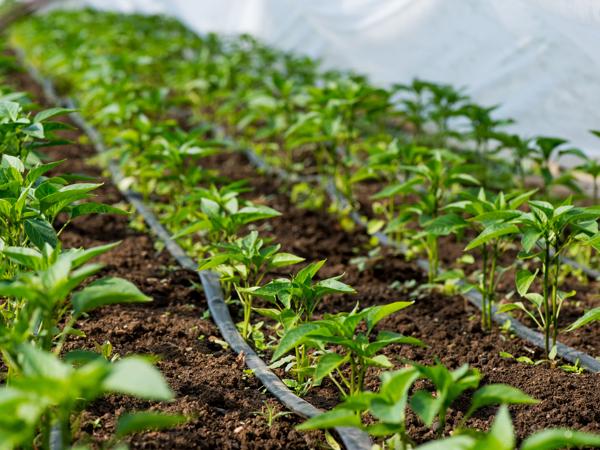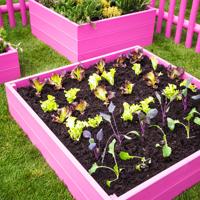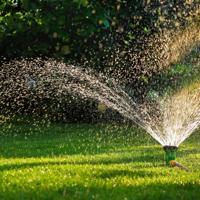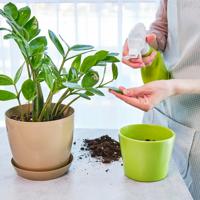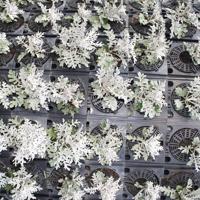Welcome to the world of hydroponics! If you’re interested in sustainable gardening, hydroponics can be an exciting and rewarding endeavor. This method of growing plants without soil can seem a bit daunting, but with some basic knowledge and a little patience, it becomes progressively manageable.
What is Hydroponics?
Hydroponics is a method of growing plants using a nutrient-rich water solution instead of soil. The roots of the plants are submerged in the nutrient solution, which provides all the essential elements needed for growth. This technique may use various systems like NFT (Nutrient Film Technique), DWC (Deep Water Culture), or wicking, each with its unique attributes and setups.
Why Choose Hydroponics?
Hydroponics can be quite advantageous, especially in terms of space and water conservation. Since you’re not relying on soil, you can grow plants almost anywhere—even indoors. Moreover, hydroponics typically uses less water compared to traditional soil gardening. This can be particularly advantageous in regions facing water scarcity.
Additionally, plants often grow faster in hydroponic systems due to the direct access to nutrients, and there is reduced risk of soil-borne diseases.
Basic Equipment You’ll Need
Getting started with hydroponics doesn’t require elaborate tools. Here’s a list of basic equipment:
- Grow Tray - To hold the plants.
- Reservoir - For nutrient solution.
- Submersible Pump - To circulate the nutrients.
- Airstone and Air Pump - To oxygenate the nutrient solution.
- Nutrient Solution - Specially formulated for hydroponics.
- Growing Medium - Such as coconut coir, perlite, or vermiculite.
- pH Meter - To monitor the acidity or alkalinity of your nutrient solution.
Simple DIY Hydroponics System
A good starting point is a simple Deep Water Culture (DWC) system. For a DIY setup, you can convert a large plastic storage bin into a reservoir.
- Prepare the Reservoir - Cut holes in the lid to hold net pots.
- Install the Airstone - Place an airstone in the bottom of the reservoir and connect it to an air pump.
- Add Growing Medium - Fill net pots with a growing medium like clay pebbles.
- Plant Your Seeds - Start with easy plants, such as lettuce or herbs.
- Fill with Nutrient Solution - Mix your nutrient solution according to package instructions and fill the reservoir so that the bottoms of the net pots are submerged.
- Maintain and Monitor - Keep an eye on the water level, nutrients, and pH.
Choosing the Right Plants
For beginners, start with plants that thrive well in hydroponic environments. Leafy greens such as spinach, lettuce, and herbs like basil or mint are ideal. As you gain confidence, you might explore more challenging plants like tomatoes or strawberries.
Watching for Common Issues
Keep an eye on the following:
-
Nutrient Imbalance: It can manifest as discoloration or stunted growth. Regularly check your solution.
-
pH Levels: Optimally, maintain a pH between 5.5 and 6.5.
-
Algae Growth: Cover the reservoir to minimize light exposure, which can prevent algae.
Helpful Resources
Several books and online resources can further enhance your understanding. “Hydroponics: The Best Guide to Build your Own DIY Hydroponic System” by Richard Bray can be insightful for beginners. Additionally, the website of the Hydroponic Society of America and forums like Hydroponics Growing Community are wonderful platforms to connect with other enthusiasts.
Conclusion
Starting your own hydroponic garden can be a fulfilling journey into sustainable living. Take your time, learn as you grow, and enjoy the process. The key is to experiment and find what works best for your space and budget. Happy gardening!
